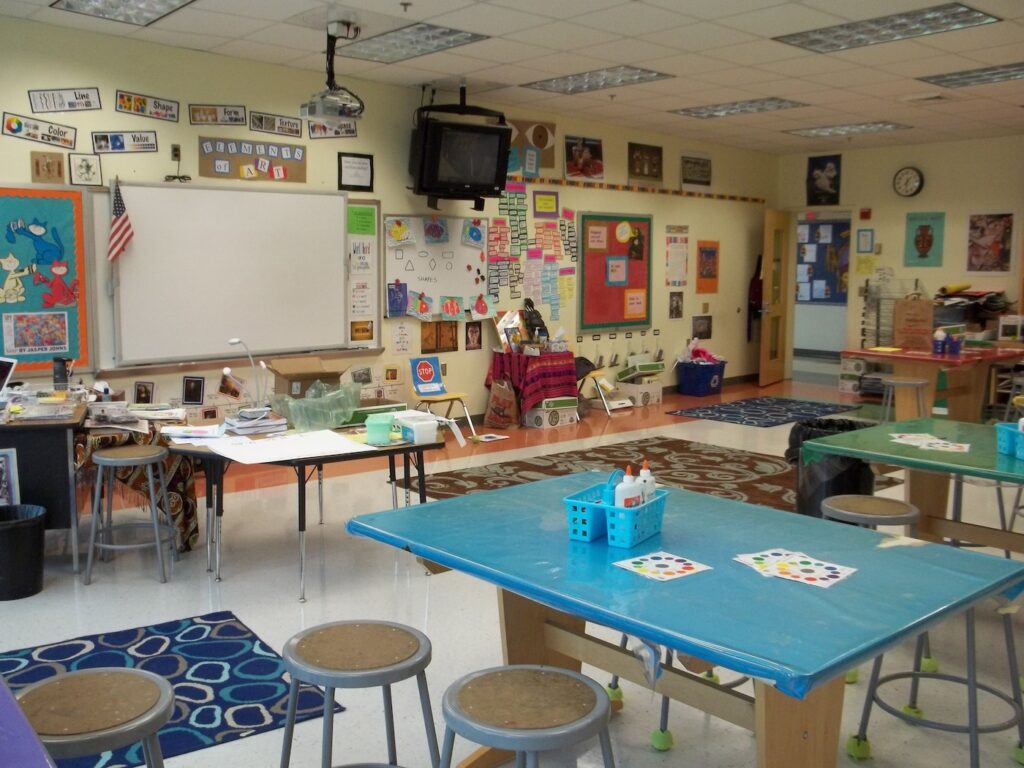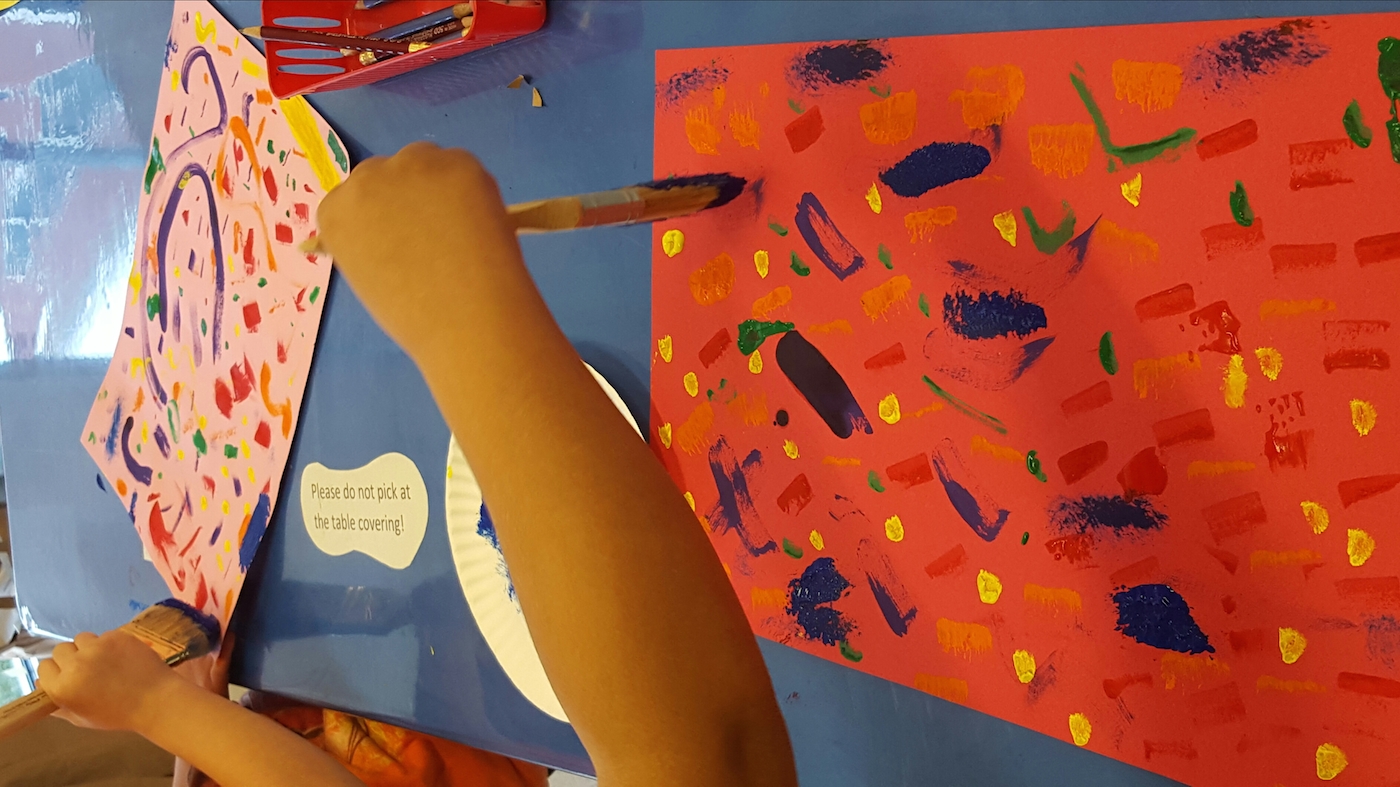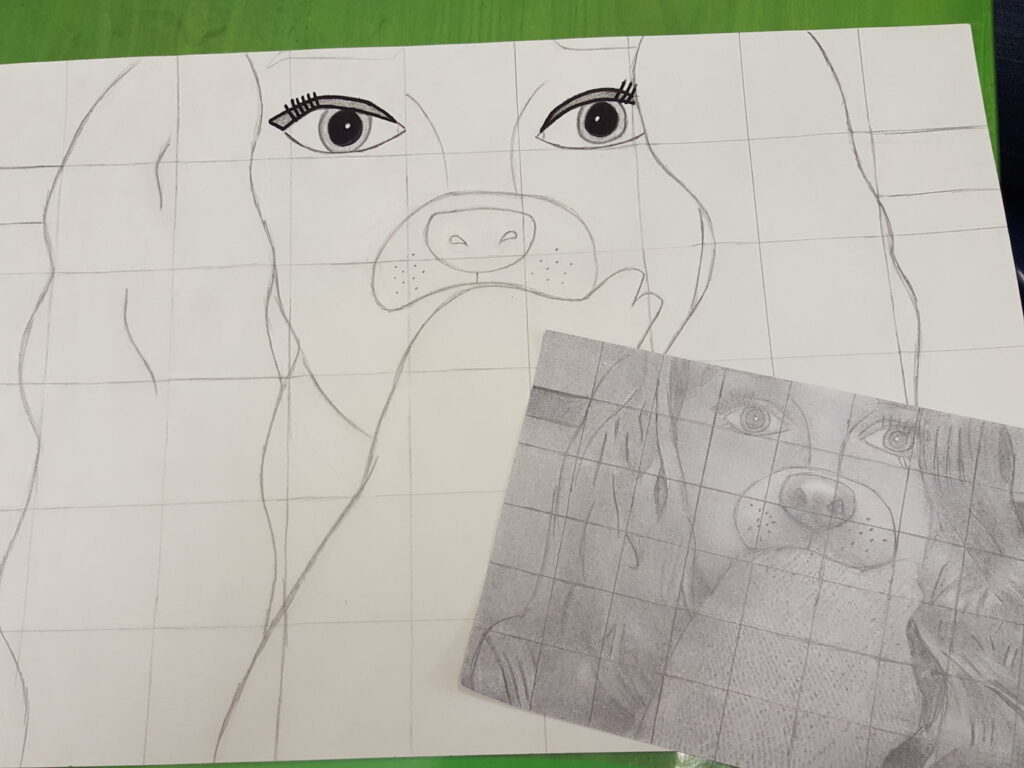Any elementary teacher will tell you there is never a dull moment in the art room. Something exciting is always happening! I worked at the elementary level for 16 years. I loved the enthusiasm of my young students. The range of developmental levels kept me on my toes. Teaching kindergarten students, followed by 5th graders five minutes later kept things interesting!
Last month, I shared what I learned from switching schools. Middle school is a different world. Just like elementary school, it is interesting and high paced. Middle school students come with their own unique strengths and challenges. Today I am sharing several things that I have learned about middle school students.
Here is how middle school students really are different.

1. You are not a celebrity.
I was like a celebrity in my elementary school. Walking down the hall, students would shout my name and excitedly wave when I looked their way. They showered me with compliments and small drawings daily. The wall behind my desk was filled with small pictures they gave me as gifts.
When I started at my middle school, I quickly realized that my celebrity status did not transfer. Instead of calling out my name, they were shouting to one another. It took much longer to connect with my students, because they were much less interested in me. They were so focused on one another, I felt like I had to work ten times harder to get and keep their attention!
It took time to gain my students’ respect. Middle school students need more time to get to know a teacher. Being authentic and showing students you care means a lot. Although it took time, I was able to create meaningful relationships with my students.
2. They need a confidence boost.
In an elementary classroom, most students joyfully create. They are not terribly concerned about being “right.” They enjoy the process of creative expression, and are usually happy with their work.
Middle school students compare their work to their peers much more than at the elementary level. Many students are so afraid of making a mistake they have trouble getting started at all. Because of this, art class can be a stressful place for a sensitive middle school student. It takes work to build them up.

Sometimes this lack of confidence can translate into apathy. It can sometimes seem like students do not care about their work at all. Often, the source of the apathy is fear of failure. Making sure lessons are relevant, and providing a range of possible paths often helps motivate students to create.
Making room for all students is always important. Providing choices and scaffolding instruction matters even more at the middle school level. Middle school students are more sensitive than elementary students, but once they find their spark, their creativity is amazing!
3. They have a lot to share.
While students are connecting more with their peers, they are also connecting more with the larger world around them. They are starting to question their assumptions, and make judgments based on their personal values.

This expansion of ideas makes middle school an exciting level to teach. Students are interested in learning about the larger world, and have a lot to say. If given the opportunity, middle school students will delve deep into a concept and create personal and meaningful work.
Middle school is a different world, for sure. Students at this age are transitioning from childhood to adulthood. Although it can be a tumultuous time for students, it can also be a time where students find their niche. Art class can be a safe haven for students as they grow into adults.
Do you teach middle school?
What else do you think makes middle school unique?
Magazine articles and podcasts are opinions of professional education contributors and do not necessarily represent the position of the Art of Education University (AOEU) or its academic offerings. Contributors use terms in the way they are most often talked about in the scope of their educational experiences.




